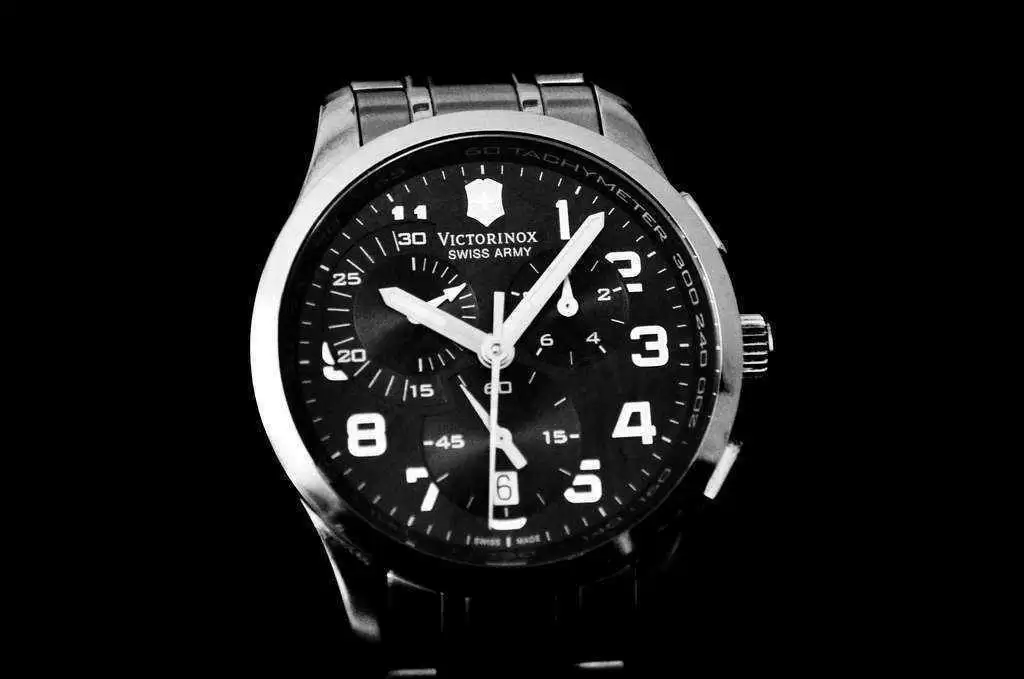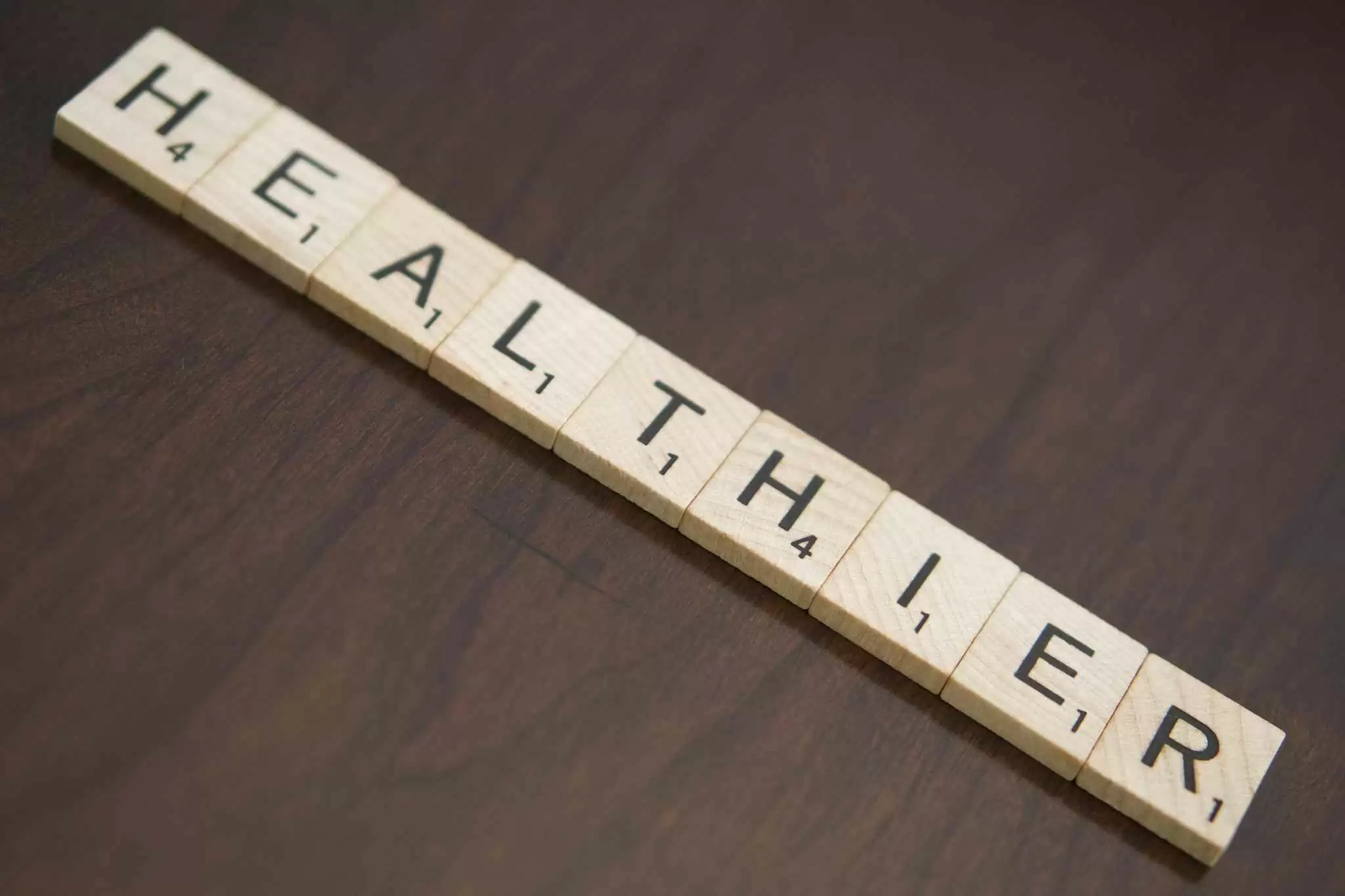
Celiac.com 03/09/2023 - After nearly a year on a gluten-free diet, I now look back at my recovery to evaluate its success—the severe joint pain, muscle weakness, bone pain, fatigue, abdominal bloating, steatorrhea, and weight loss plagued me until my treatment commenced in earnest. Much of the extra-intestinal symptoms resolved within the first few months. However, the intestinal and stomach symptoms have taken much longer, and my weight loss recovery is ongoing. The road to recovery has been long and arduous. Many of us experience an array of residual and persistent symptoms even with the complete removal of gluten from our diets.
Intestinal Absorption
Traditionally, response to a gluten-free diet has been assessed by blood antibody tests and biopsies. It has long been known that the intestinal villi, seen in biopsy samples, do not always revert back to normal even after a prolonged gluten-free diet (1) . A recent study by Cummins et al. found that area of the villi improved significantly by three months on a gluten-free diet, but improved only slightly more during the six to 24 month period (2) . After two years on a gluten-free diet, the villi area increased to about four times that at diagnosis of CD, but was still only about half of normal. Similarly, Wahab et al. found that at two years of follow-up on a gluten-free diet, 37% of the celiac patients still had varying degrees of villous atrophy (3) . After five years, 12% of the adult patients had villous atrophy, of which half still had total villous atrophy. All children in the study recovered completely and recovered faster than the adults in long term follow-up.
Celiac.com Sponsor (A12):
Besides intestinal biopsy, assessment of serum IgA class endomysial antibody (EmA) has been evaluated as a predictor of intestinal mucosal recovery4 . However, EmA conversion from positive to negative status was not found to be a reliable predictor of complete mucosal recovery. Intestinal mucosal recovery was incomplete in 47% of patients who had become EmA negative after 12 months on a gluten-free diet, and EmA sensivitivity for total villous atrophy and partial villous atrophy was only 33% and 9%, respectively. Likewise, Cummins et al. found that even after two years on a gluten-free diet, patients who tested positive or negative for anti-endomysial antibodies showed no difference in villous atrophy (2).
Another assessment of recovery is disaccharidase activity, which can be deficient secondarily to mucosal injury from celiac disease. Disaccharides are sugars (such as lactose, sucrose, and maltose) which must be split by disaccharidases (enzymes produced by villi in the small intestine) to be absorbed properly as monosaccharides and utilized by the body. Disaccharides such as lactose and sucrose are likely to be malabsorbed in patients with villous atrophy2 . Cummins et al. found that lactase activity increased by more than double after two years on a gluten-free diet, but this was still only about 55% of normal. Similar two-year recovery patterns were seen for activity levels of sucrase (83% of normal) and maltase (79%), yet, because disaccharidase activities improve despite incomplete recovery of the surface lining, they are thought to be the main reason why clinical symptom relief comes early on in treatment. (1)
Gastrointestinal Symptoms
Fine et al. found that celiac patients initially experienced chronic diarrhea (79%), excessive flatulence (74%), abdominal bloating (68%), nausea (36%), vomiting (19%), and constipation (6%)5 . After one year on a gluten-free diet these gastrointestinal symptoms completely resolved with the exception of chronic diarrhea, although 17% of celiac patients had chronic diarrhea to a lesser extent than before starting the diet.
Anemia
Celiac patients’ anemia-related symptoms receded and resolved as normalization of hemoglobin levels correlated with intestinal mucosal improvement on a gluten-free diet, even without oral iron supplementation (6) . This finding suggested that iron absorption was inefficient due to villous atrophy, and that oral iron therapy may not be effective during the first six months of treatment. After six months on a gluten-free diet, 78% of adult celiac patients recovered from iron deficiency anemia based on an assessment of their hemoglobin levels, and only 28% were no longer iron deficient based on serum ferritin levels. From 12 to 24 months of treatment, 94% of the patients were no longer anemic; however, only 55% of the patients reversed from iron deficiency (i.e., iron absorption was greater than iron loss) after 24 months of treatment.
Bone
Osteoporosis and osteopenia are common findings in newly diagnosed and untreated celiac patients. The deficiency of serum vitamin D which results in secondary calcium malabsorption is associated with low bone mineral density at diagnosis. A five year study follow-up with of adult celiac patients on a gluten-free diet found that bone mineral density improves or may normalize over the long-term, but that nearly all of the improvement occurs in the first year (7) . Blood 25(OH) vitamin D, the active form of vitamin D, increased 14% in the first year of a gluten-free diet, and increased another 80% by the fifth year. A slight (7%) but significant increase in blood calcium was seen after the first year with a further slight increase by the fifth year. Villous atrophy changes and the adherence to a gluten-free diet did not correlate with bone mineral density improvement. Patients’ weight gain in the study was associated with an increase in their bone mineral density. In a separate one-year study, bone mineral density and bone metabolism markers significantly improved in 43 percent of CD patients despite incomplete mucosal recovery (8) . These markers improved even in postmenopausal women and patients with low serum vitamin D levels.
These studies confirm that recovery can take a long time and can often be incomplete in adults. Cummins et al. studied patients for villous atrophy up to 15 years after diagnosis, while most of the studies followed patients from one to five years after diagnosis. Indeed, more follow-up studies need to be performed to address the length of time it takes to achieve complete recovery in all aspects. To the extent that recovery is still incomplete, future studies need to identify and explain the reasons why.










Recommended Comments
Create an account or sign in to comment
You need to be a member in order to leave a comment
Create an account
Sign up for a new account in our community. It's easy!
Register a new accountSign in
Already have an account? Sign in here.
Sign In Now